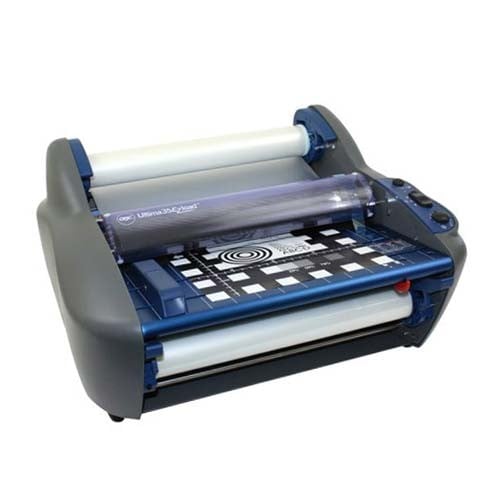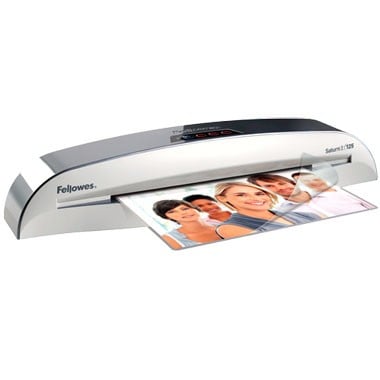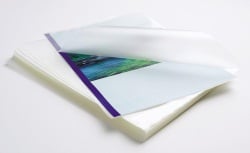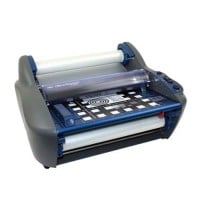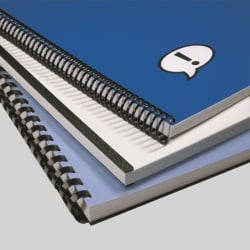MyBinding Knowledge Base
- Binding (248 Article)
- General Binding (42)
- Plastic Comb Binding (57)
- Fastback Binding (59)
- Perfect Binding (2)
- Modular Punching (8)
- Zipbind (3)
- Twin Loop Wire (13)
- Coil Binding (22)
- Thermal Binding (14)
- Strip Binding (1)
- VeloBind (4)
- Binding Covers (14)
- Proclick Binding (10)
- SureBind (4)
- Screw Post (2)
- Hole Punches (2)
- Staplers (4)
- Komtrak Insprial Binding (2)
- Paper (1)
- Rhin-O-Tuff (5)
- Binding Machines Comparison (17)
- Laminating (109 Article)
- General Laminating (26)
- Roll Lamination (16)
- Pouch Lamination (36)
- Pouch Board Laminator (3)
- School Laminator (3)
- Foil Laminating (3)
- Royal Sovereign Laminators (10)
- Laminators Comparison (3)
- Boards (11 Article)
- Bulletin Boards (3)
- Whiteboards (5)
- Chalkboards (1)
- Paper Shredders (44 Article)
- General Shredding (35)
- Industrial Shredders (1)
- Cross-Cut Shredders (2)
- Cardboard Shredders (1)
- Multimedia Shredders (1)
- Personal Shredders (1)
- High Security Shredders (2)
- Ring Binders (9 Article)
- Specialty Binders (2)
- Reinforced Paper (1)
- Health Care Punched Paper (1)
- Perforated Paper (2)
- View Binders (1)
- Index Tabs (9 Article)
- Index Tab Dividers (2)
- Copier Tabs (4)
- Pocket Folders (1)
- Custom Index Tabs (1)
- Pre-Printed Index Tabs (1)
- Paper Handling (37 Article)
- Paper Folders (9)
- Paper Joggers (2)
- Guillotine Cutters (4)
- Rotary Trimmer (3)
- Electronic Paper Cutters (1)
- Corner Rounders (2)
- Paper Scoring (2)
- Paper Drill (2)
- Booklet Makers (3)
- Stack Cutters (1)
- Paper Handling Equipment Comparison (5)
- ID Accessories (12 Article)
- Badge Holder (1)
- Lanyards (8)
- Badge Reels (1)
receive
$5off
*On order $25 or more.
Can I laminate paintings, prints or artwork?
Creation is a painful act, much like giving birth. Even after you come up with an original idea you will have to deal with the false starts, the screw-ups, and then, if you’re lucky, you end up with a painting, drawing, or photograph that you don’t hate. And then it happens, tragedy strikes: your gorgeous new masterpiece has fallen victim to a spilled cup of coffee. Or perhaps it gets ripped by the family dog. No matter how it happens, your art is ruined and you have to start all over again. But it doesn’t have to be like this. You can laminate your creations which will ensure that your work will stand the test of time and not get ruined. Keep reading to find out what lamination can do for you, and your art.
The best reason to laminate your artwork is because it will protect it. Not just from the aforementioned spills and pet mishaps, but from other dangers, too, such as damaging UV rays. Sunlight can cause the colors in a piece to fade, your work can get smudged by fingerprints, and smoke and other odors can embed themselves into your work. When you laminate your artwork, you’re ensuring that your piece will still look great years from now. Just make sure that you choose a laminate with UV protection if you are worried about fading in sunlight.
You might think that lamination is expensive, but it doesn’t have to be. You can have your documents laminated at a print shop instead of rushing out and buying a laminator. Or you can buy self-sealing laminate if money’s really tight. Laminating can also be a lot cheaper than framing and it still protects your work just as well as a frame would. Just make sure that there’s a little bit of excess laminate around the edges of the piece so that when you tack it to the wall, the pushpins won’t damage your work. Plus, if you send your work out to be framed, you might be waiting several days or weeks before you see it again. If you laminate your work yourself, you’ll retain control of your work, and it will always be with you.
If you’ve been trying to kick-start your artistic career either with a gallery showing, a book deal, or even a gig with a trendy graphic design firm, lamination can make your work look more professional. Every artist needs to have a portfolio and by laminating your pieces, you’re showing that you care about how your work is presented. That can mean the difference between a job and no job because no employer, gallery owner, or publisher is going to be interested in someone who doesn’t take pride in his/her work. Plus, laminating can make the colors in your prints appear more brilliant and can really make your art pop off the page.
Finally, here are a few helpful tips about lamination. First, you should know that heat lamination can damage your work, so if your work is really delicate, you should probably use a cold laminator to get the job done. Photographs and computer-generated art can probably withstand hot lamination, but something such as a watercolor painting would be better served by cold lamination. And if you find yourself laminating a lot, you should probably consider buying your own laminator. If so, look for laminators made by Fellowes and GBC. They are some of the best machines you can buy, they’re often affordable, and most of them are easy to use so you can focus on your creative process and not the act of laminating.
Creation can be a rough process, but it’s nowhere near as devastating as seeing your artwork get trashed. So make sure you start laminating your artwork.
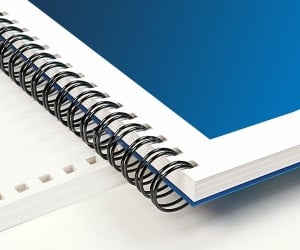
< Over the years, a number of customers have asked me whether they can use twin loop wire with their plastic comb binding machine. These customers often don’t want to have to buy a brand new machine but like the look and feel of twin loop wire binding. However, the answer to their question isn’t as simple as it seems. You see, they actually do make twin loop wire that is designed to work with the plastic comb binding hole pattern. With that said, if you want to use these wires you are going to need a way to close the wires. What is Spiral-O Wire? Let me explain a little bit more…There is a product that we carry called Spiral-O Wire. This wire has 19 loops and is designed to work with the hole pattern from a plastic comb binding machine. Spiral-O Wire is sometimes called Wire Combs or Ibico Wire and was originally designed for use with some of the older Ibico binding machines. A number of the older Ibico plastic comb binding machines also included a twin loop wire closer on the front of them to allow users to use both plastic combs and wire. This 19 loop wire was designed for this purpose. What Equipment is Needed? As the Ibico brand has been phased out by GBC and all of the older Ibico plastic binding machines have been replaced with new models, they no longer have the twin loop wire closer on the front of them. This presents a problem in trying to use these spiral-o wires since you can’t use the wires without a way to close them. One of the only options left is to purchase a Twin Loop wire closer. However, since twin loop wire closers are not incredibly cheap this option usually only appeals to users who have larger electric plastic comb binding machines. Otherwise, it is often advisable to simply buy a low end 3:1 pitch twin loop wire binding machine (the supplies are cheaper). This being said, if you have one of the older Ibico binding machines that has a wire closer included you are in luck. The Spiral-O binding supplies that we carry will work perfectly with your machine and you will be able to use both plastic combs and wire depending on your needs. These Spiral-O binding supplies are available in Black, Silver, White, Blue and Red and in sizes up to 1″ in diameter. If you aren’t sure what type of wire binding supplies that you need to work with your machine simply give us a call. Our trained sales representatives will be glad to help you find the correct supplies for use with your machine.(Read More)
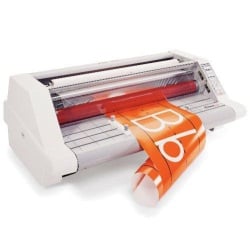

Loading...


